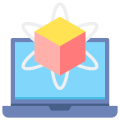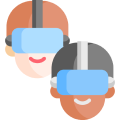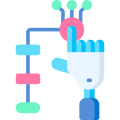imaginX is used by many amazing schools and universities
University / College
The Smart Grid and Internet of Things (IoT) Integration module trains students on integrating smart grid technology with IoT devices in electrical systems. Through interactive virtual simulations, students explore the design, communication, and management of smart grid components, focusing on scalability, security, and energy efficiency.
University / College
Enhance students' involvement in science by immersing them in interactive learning scenarios. Create simulations for experiments, provide hands-on training in laboratory techniques, and convey theoretical concepts through captivating visual experiences to improve their overall long-term learning outcomes.
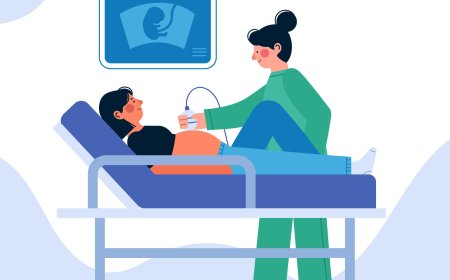
The Obstetric and Neonatal Care Simulation module trains nursing students in essential obstetric and neonatal care skills through realistic virtual scenarios. Students gain hands-on experience in labor and delivery processes, fetal monitoring, neonatal assessments, and newborn resuscitation, ensuring safe and competent maternal and infant care during childbirth and postpartum.

Explore the principles of environmental engineering and sustainable design to address environmental challenges.

Provide an immersive learning experience to explore neonatal and pediatric respiratory care. This simulation allows students to manage ventilation, CPAP, and oxygen therapy, specifically tailored for infants and children, enhancing their ability to address pediatric respiratory distress with precision.
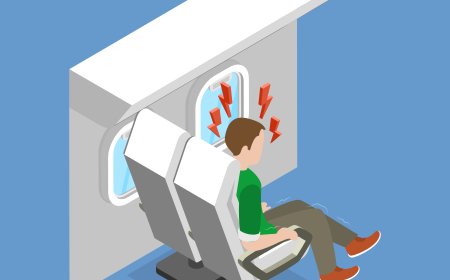
Equip students with the skills needed for effective airway management and ventilatory support in critical patients through XR-powered simulations. Students will practice intubation, using bag-valve masks (BVM), inserting airway adjuncts, and managing oxygen levels in emergency respiratory situations.
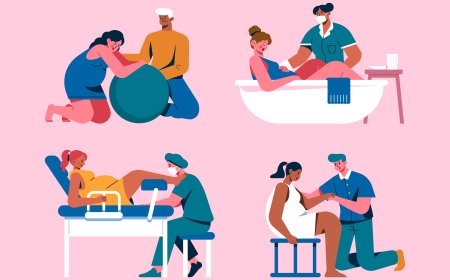
Immerse students in the management of obstetric emergencies and out-of-hospital childbirth through XR simulations. Students will explore delivering babies, handling complications such as breech presentations and postpartum hemorrhage, and providing critical care to both mother and newborn.

Explore the fundamentals of control systems and their application in automation through immersive XR simulations.
imaginX seamlessly integrates with leading LMS (Learning Management Systems), enabling educators to track student performance and allowing students to maintain their work records. It is compatible with popular platforms such as Canvas, Blackboard, Moodle, Google Classroom, Schoology, Sakai, Brightspace/D2L, and can also be used independently of an LMS.

